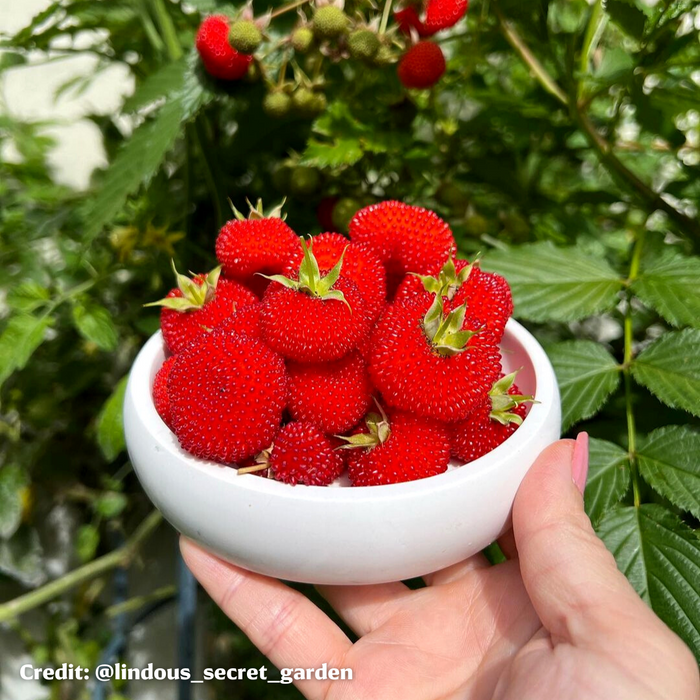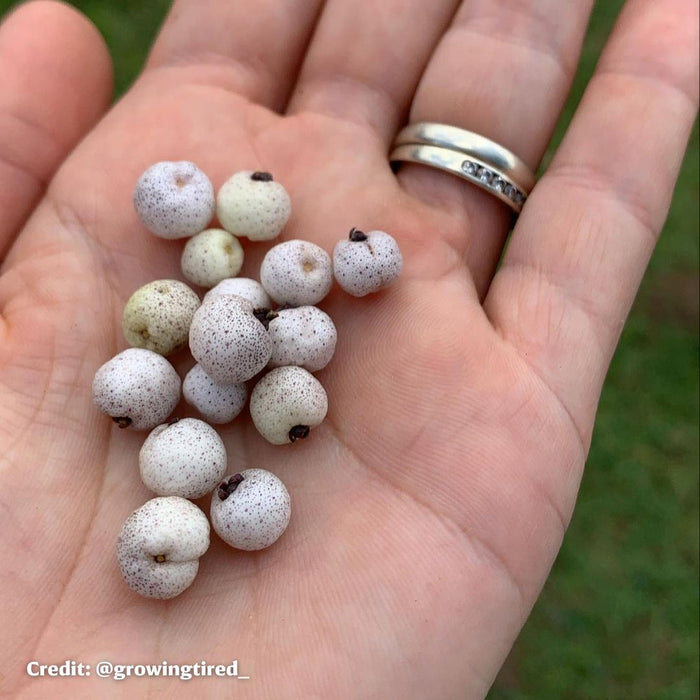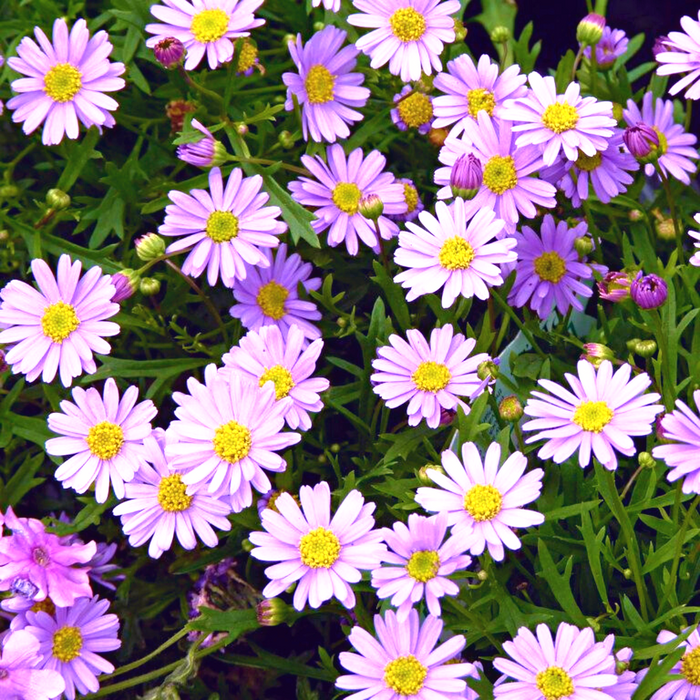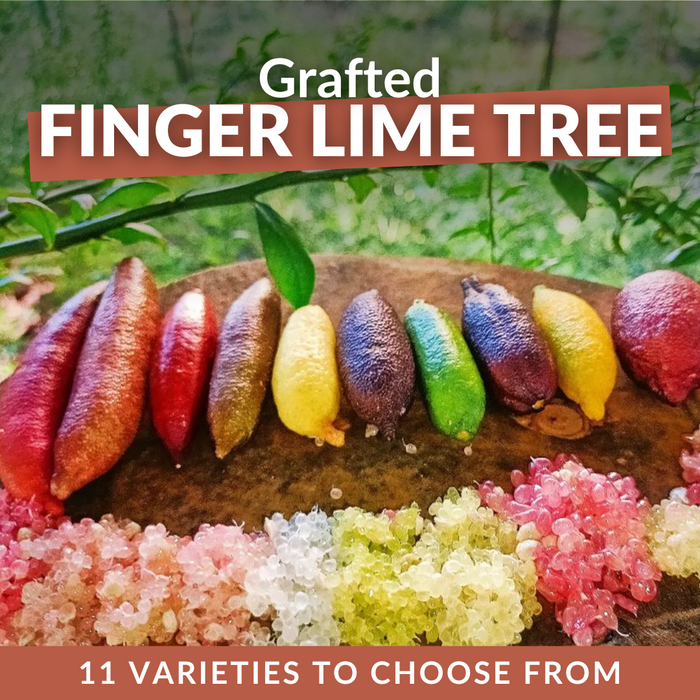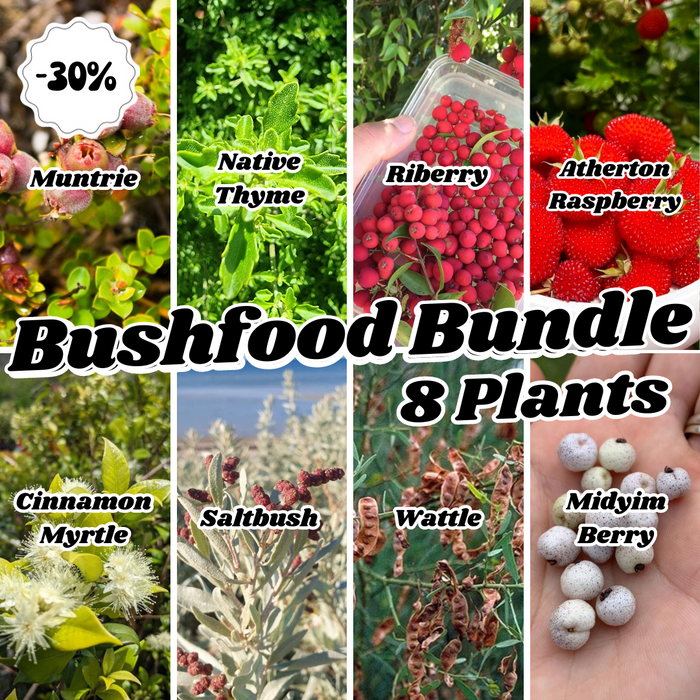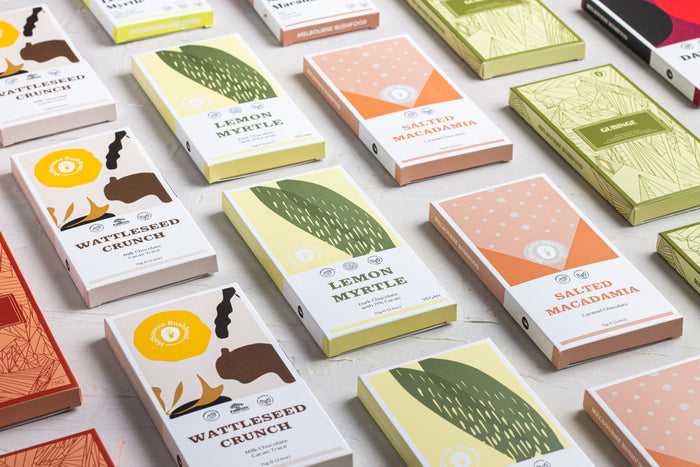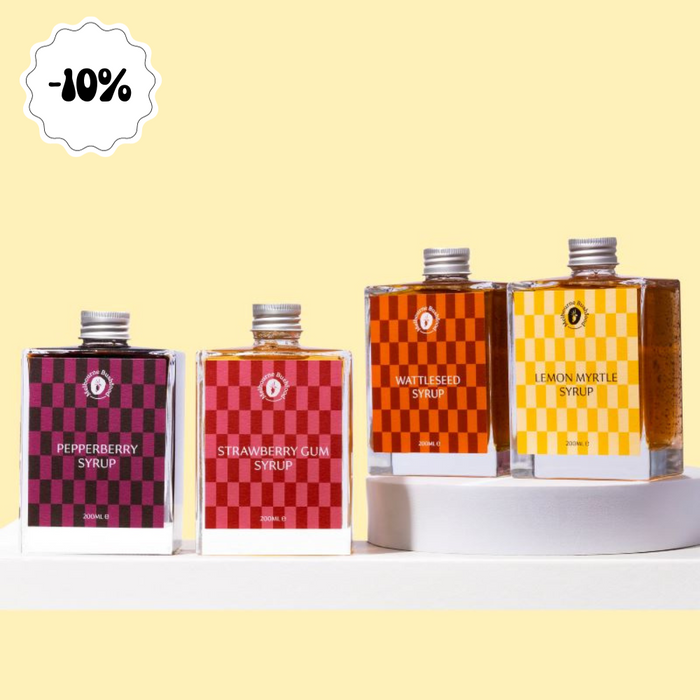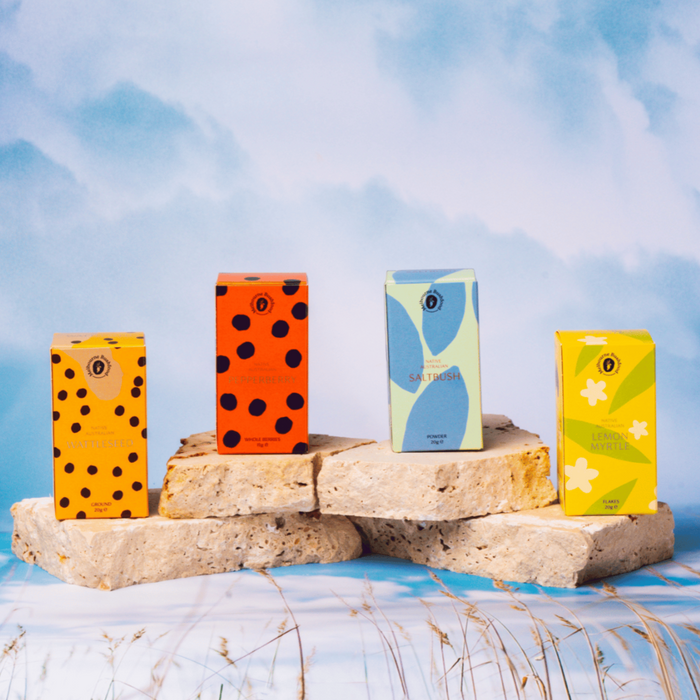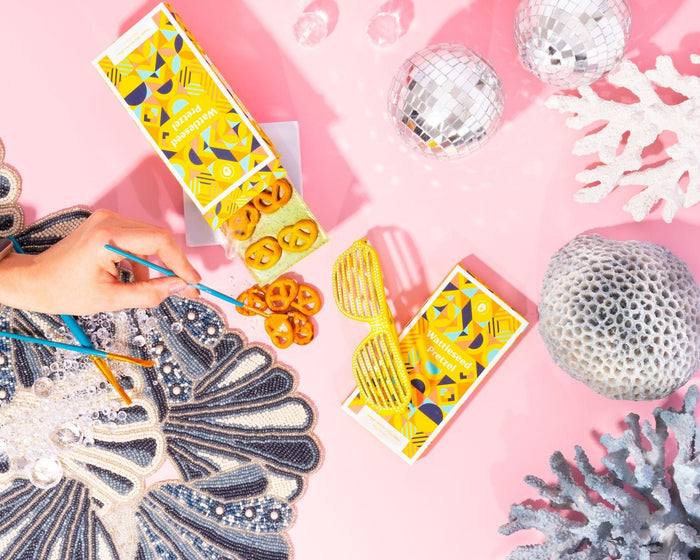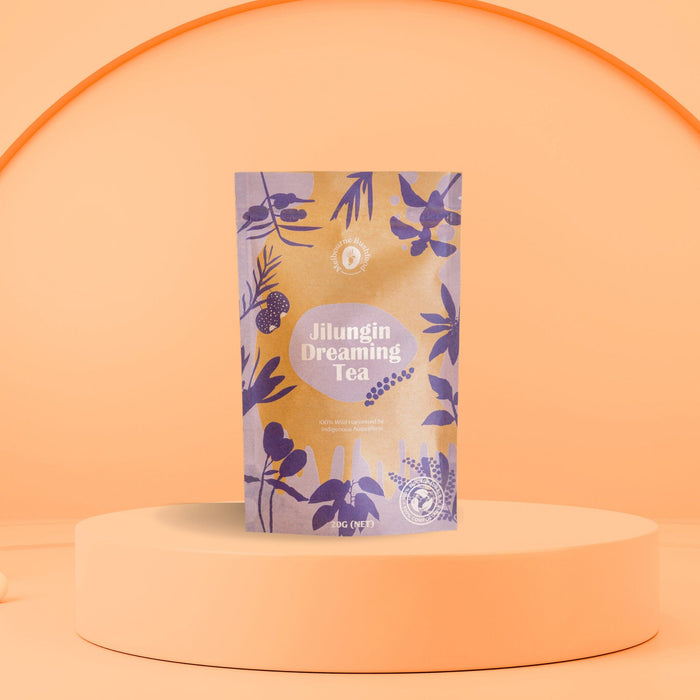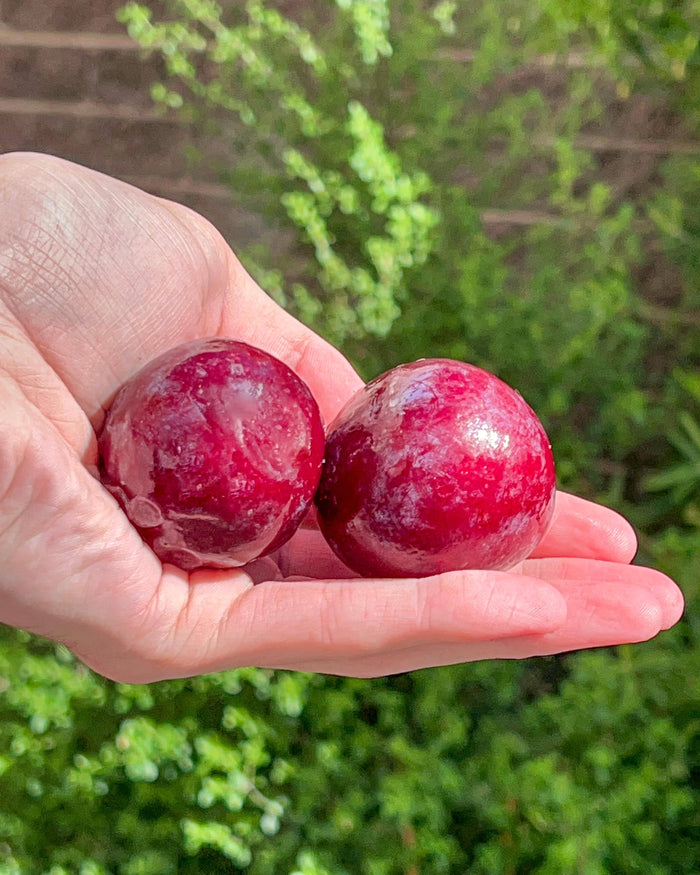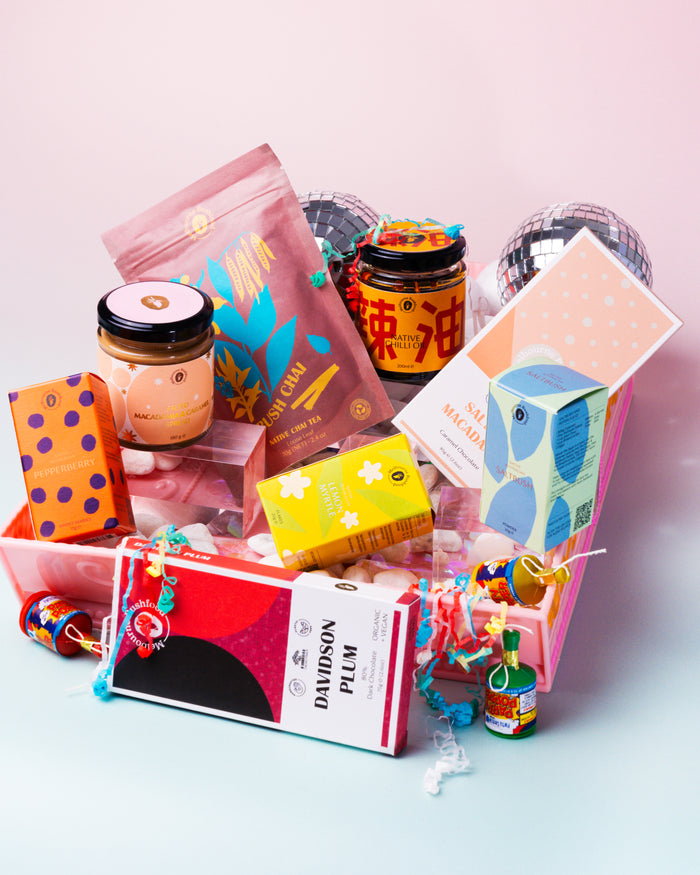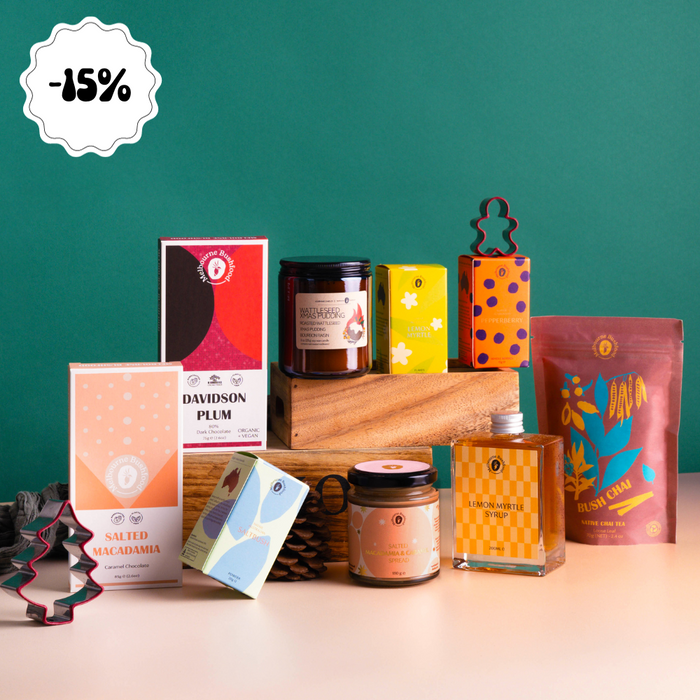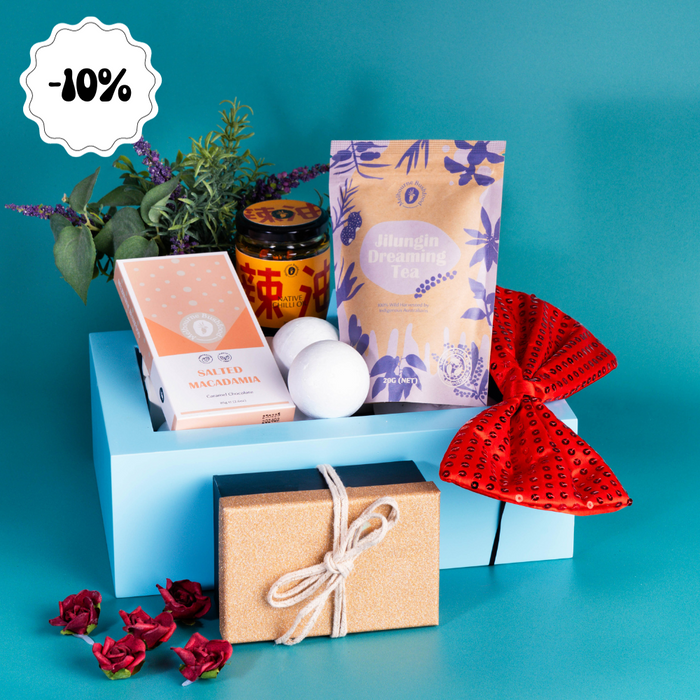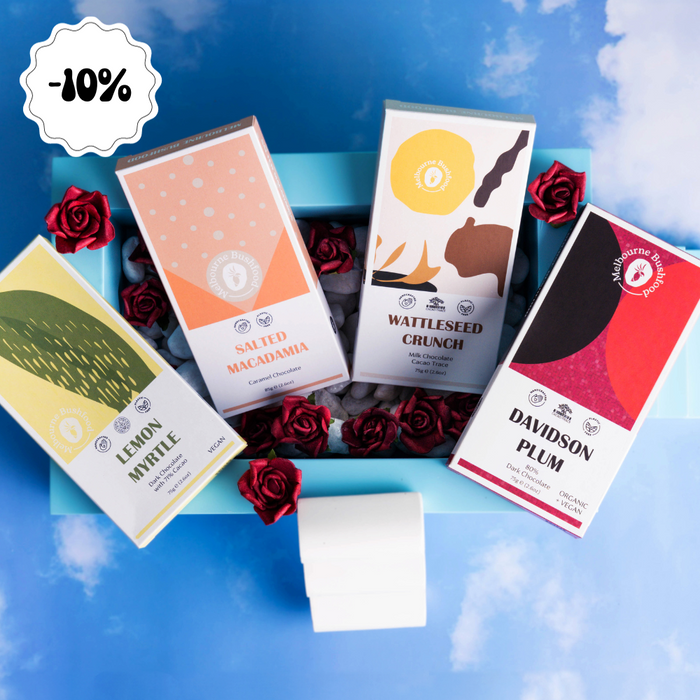

Native Mangosteen - Randia fitzalanii - Care Guide
Native Mangosteen! Sometimes referred to as Native Gardenia or Yellow Mangosteen, this tropical is native to northern coastal Queensland, Australia. A common plant, you'll find it growing in coastal forests and beach regions throughout the area! Its hard-shelled fruits contain a pale, soft and sweet segmented fruit with many small white seeds.

With its flavour varying depending on ripeness, Native Mangosteen generally has either a bitter taste or a sweet fruity flavour. You can enjoy them raw on their own or even better, in salads, tarts, cakes and other desserts!
You can expect this spectacular native to blossom with white flowers in Spring and produce fruit through Winter.
Although the tantalising fruits will be tempting to eat when they turn bright yellow, it's best to wait until they easily fall off once disturbed and are a brown (almost rotten) looking colour. This way, you can be sure to get the best taste!
Quick Care
| Botanical Name | Randia fitzalanii |
| Size Plant: | Seedling pot, min 20 cm tall |
| Frost Tolerance: | Protect from frost |
| Drought Tolerance: | Tolerant once established. |
| Soil Type: | Humus rich, moist and well drained. |
| Sun: | Full-sun/Part-shade |
| Size: | 6m Tree. |
| Pots: | Does well in pots. |
| Feeding: | Feed a high-quality native plant food every 6 months. |
Planting
For best results, plant in humus-rich, moist and well-drained soil, and place your plant in full sun. You can also grow in part shade for reasonable results. This dense, glossy tree typically grows up to 6m tall and 3m wide. It's the perfect fruit tree for hedging or screening.
Frost tolerance
Only able to handle light frost, Native Mangosteen is not very frost tolerant, so keeping your plant well protected is super important. If you live in a cooler climate like Melbourne, we recommend to protect it during winter.
Sunlight
This lovely species does well in full sun but it can thrive in part sun but with lower fruiting amounts.
Maintenance
Watering & Drought Tolerance
Being a tropical species, drying out is a common cause of death, especially for younger plants. During wintertime, you can hold back on watering but as the temperature increases ensure that you're keeping your Native Mangosteen well watered. When dry, it will wilt which is a good indication of when to water.
Although drought-tolerant once established, Native Mangosteen will need additional watering in the summer.
Fertilising your Native Mangosteen Plant
Being a plant that generates large volumes of fruit, it's important to ensure continued fruiting that you feed regularly. Native Mangosteen like lots of iron and magnesium. We recommend feeding your plant every 2 to 3 months from spring to autumn with a dose of cow manure or an organic fertiliser if you don’t have great soil. Fertilise with a high-quality, plant food during winter and summer will result in a plant with deep green foilage and lots of fruit.
Harvesting
Harvesting should be done when the fruit is almost ripe to avoid damaging the fruit when fully ripe. Allow the fruit to fully ripen at home.
Growing Native Mangosteen in pots
As a relatively fast-growing native edible plant, Native Mangosteen can grow quickly if left unchecked.
Some issues can include drying out or overwatering, which can be easily identified by yellowing leaves or wilted leaves. Keep in a sunny spot on a balcony or backyard.
Use a high-quality potting mix without fillers or additives and add your own plant food for the highest success.

